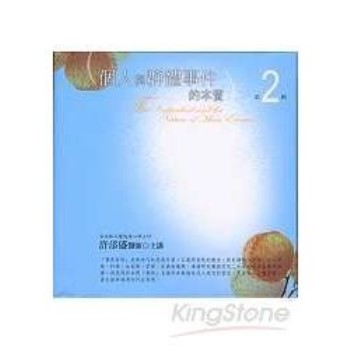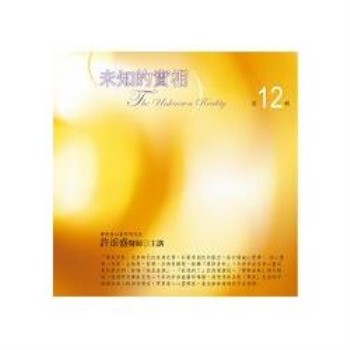Bruno Schulz (1892-1942) was born into a family of cloth merchants who owned a shop on the market square of Drohobycz. Schulz rarely left the town; although the town itself would pass in his lifetime from Austrian to Polish, to Soviet and to Nazi jurisdiction. Schulz became an art teacher there, at his old school. He wrote his stories there, mythologised accounts of his own childhood, the progressive illness of his ageing father, and the family’s descent into financial ruin; stories populated by outré relatives and townspeople who testify richly to a way of life now gone, swept away in the Holocaust. Schulz would be murdered in the town in which he was born by a Nazi officer who then reportedly went to a colleague to say, "You shot my Jew, so I have shot yours." Schulz’s fame rests on his talents both as a writer and a visual artist; he first gained renown in 1922, when his collection of stylish and erotic cliché-verre pictures, The Book of Idolatry, was presented in Warsaw and L’vov. But it is his two volumes of short stories, The Cinnamon Shops (1934) and The Sanatorium at the Sign of the Hourglass (1937), that have gained him immortality and a reputation as the greatest modern prose stylist of the Polish language.












